Sussan Sanavandi
A COLOR STORY
by Katie Kerns Geer
For artist Sussan Sanavandi, color is paramount.
It’s what inspires her to get up and paint every day at her home studio, and it’s what propelled her to open up her contemporary gallery space on Spring Street a few years ago.
“Painting, really for me, is about color,” Sanavandi says. “In the end, it’s the only thing that matters to me.” Sanavandi’s primal infatuation with color likely took root in childhood. The artist grew up in Iran, having moved from the Iranian seaside to the bustling city of Tehran at age two. “During school time, I studied sociology,” she recalls. “But what I was really interested in was painting.” So she devoted herself to art, too, training under masters of traditional Persian miniature painting. Often depicting Middle Eastern mythological or religious themes, this style is highly detailed and intense in color.
In 1979, the Iranian revolution drove Sanavandi and her family to relocate to Italy. Twenty-something at the time, the budding artist enrolled in Accademia di Belle Arti di Roma. It was here where Sanavandi became influenced by more Western approaches to painting and where she began to broaden her own personal style. “The teaching was really excellent,” she remembers. “They didn’t interfere with you; they didn’t try to influence your style. They didn’t put you in a box.”
Today—after having lived in Charleston for nearly 30 years, many of which she devoted to raising her family—Sanavandi combines both Western and Eastern stylistic elements into her work. “I really like to mix up the two styles of painting,” she says. Using acrylic ink, she incorporates figures, shapes, and letters from the Persian alphabet, her native language. The paintings, of course, are rich in color (including a deep Persian blue, a color to which she says she’s perhaps most drawn).
Why the Persian alphabet? “I use letters to form my paintings,” she says, explaining that she distorts and misshapes the characters to her liking. “The letters have no meaning. I make my own form. My friends who speak Persian don’t recognize what it says.” Sanavandi suggests that her use of the Persian alphabet has allowed her to explore her past.
“In my artwork, I use the shapes and meanings of my Persian language to envision a cultural world cross bordering and boundaries, a travel between my American and Iranian identities.”
About eight of Sanavandi’s paintings currently hang in Sanavandi Gallery, her small, light- filled space on Spring Street. It’s over a mile away from Charleston’s gallery-filled French Quarter—and just like its location, the gallery’s core feels different from anything else you’ll find here in Charleston. Bare white walls allow the rich, Middle-Eastern- influenced paintings to do the talking.
“I do what I love to do,” Sanavandi says. “I don’t do what people are interested in. Some really appreciate it because it’s different. Others have a hard time connecting with it.” For Sanavandi, the work simply represents who she is as an Iranian-American mother, wife, and visual artist.
by Katie Kerns Geer
From ART MAG 2016 Summer Issue
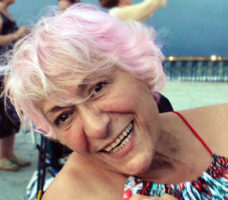
Sussan Sandavandi
Sanavandi Gallery
66 Spring Street, Charleston
843.937.0107
sanavandiart.com
![]()
Visual Profile
Growing the Arts in North Charleston

Collectors Series
The Home of David Boatwright & Molly B. Right
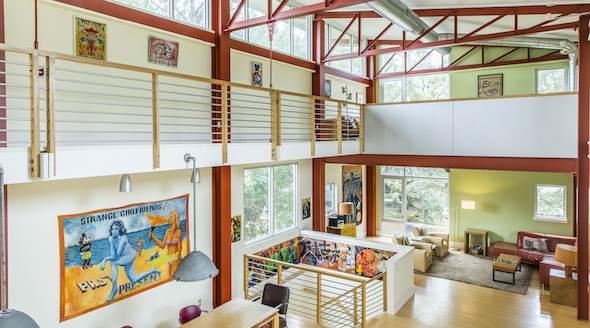
Day Tripping
The Best Museum Art Shows of the Summer
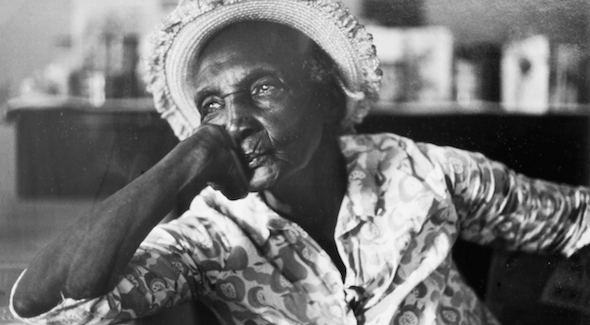
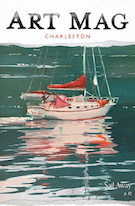
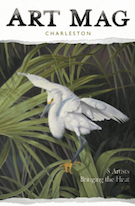
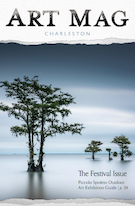

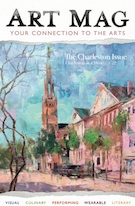
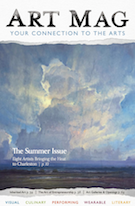

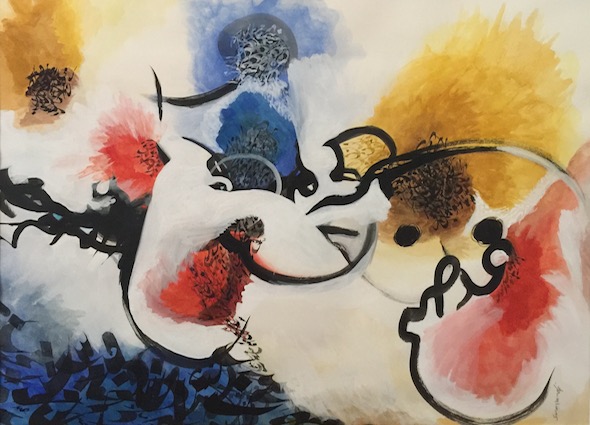


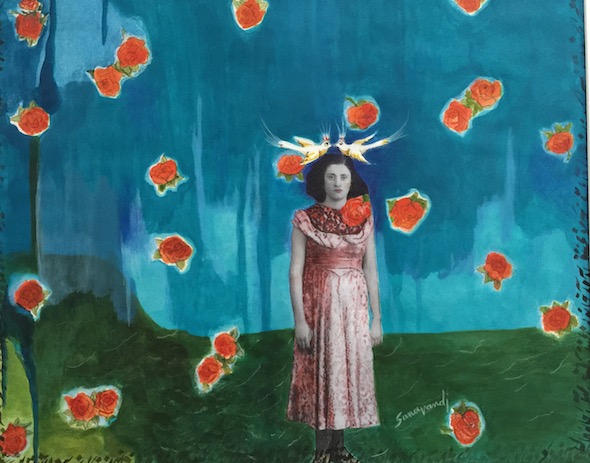
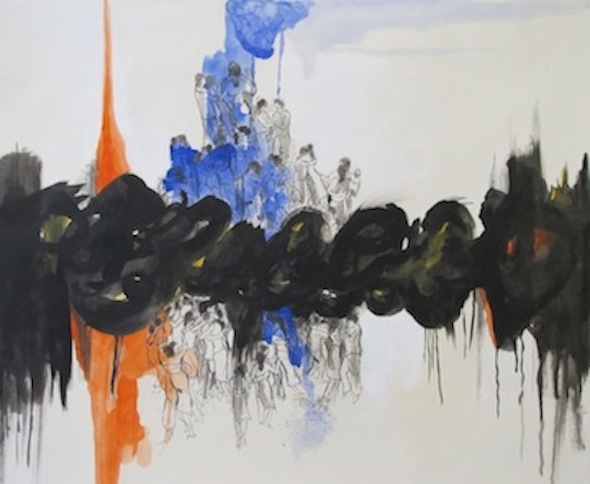





Comments (0)
No comments yet
The comments are closed.